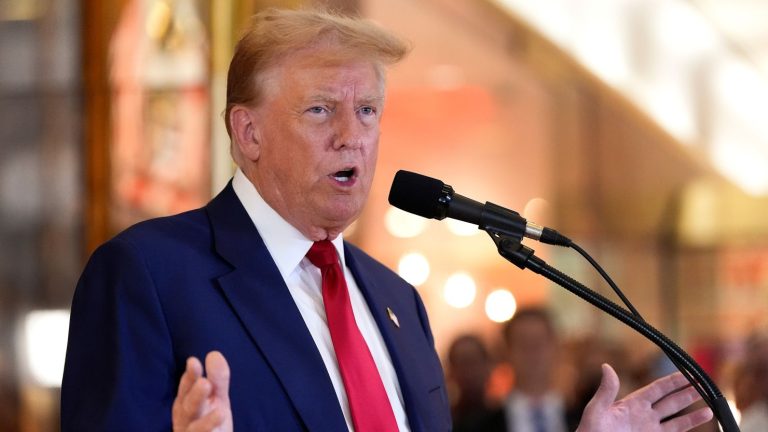Economic Challenges Intensify as Canada’s Deficit Balloons
Economic uncertainty continues to weigh heavily on Canada as the Liberal government faces mounting criticism over its fiscal management. A shocking $62 billion annual deficit—55% higher than last year’s $40 billion “guardrail” promise—has sparked concerns across the nation.
In an unexpected twist, Canada’s former finance minister resigned abruptly, issuing a scathing letter to the prime minister just hours before the planned release of the Fall Economic Statement. The statement was instead tabled by the government House leader in the House of Commons without debate or comment.
This year’s deficit marks the largest in Canadian history, adding to the already troubling federal debt, which has soared to more than $1.24 trillion. On a per-capita basis, the net federal debt now exceeds $33,000 per Canadian. To accommodate its borrowing, the government recently raised the federal debt ceiling from $1.83 trillion to $2.13 trillion, a staggering increase compared to $1.16 trillion in 2021.
The Liberal government has incurred more debt in the last nine years than all previous governments in Canada’s history combined. When Prime Minister Justin Trudeau took office in 2015, Canada’s debt was $616 billion—half of what it is today. While pandemic spending contributed to these figures, $205 billion was allocated to “non-COVID-19 measures,” according to the Parliamentary Budget Officer.
Servicing this debt now costs Canadians over $53 billion annually in interest—more than the total GST revenue ($52 billion) and federal spending on key programs like Employment Insurance ($26.6 billion), the Canada Child Benefit ($29.6 billion), or provincial healthcare transfers ($52.1 billion).
Despite significant borrowing, Canada’s economic health has deteriorated. GDP per capita has fallen by 3% over the past four years, contrasting with gains in the U.S. The Canadian dollar has also plummeted to $0.69 USD as of December 18, increasing the cost of imports such as food, appliances, and construction supplies.
Businesses and investors are increasingly hesitant to engage in Canada due to excessive government red tape and tax policies like the carbon tax and capital gains tax. Even the former finance minister criticized the government’s spending, describing it as driven by “costly political gimmicks.”
After nearly a decade of Liberal governance, Canadians face higher costs of living and a weakened economy. The Conservative Party is proposing a plan to address these challenges:
- Halt Tax Increases: Cancel planned tax hikes, including the carbon tax hike, and eliminate GST for most first-time homebuyers.
- Curb Inflationary Spending: Cut wasteful spending on high-cost consultants, “corporate welfare,” and the infrastructure bank in China.
- Stop Adding Debt: Implement a dollar-for-dollar rule requiring all new federal spending to be offset by equivalent savings.
Canada urgently needs fiscal discipline and strategic economic policies to restore stability, reduce the deficit, and promote growth.



